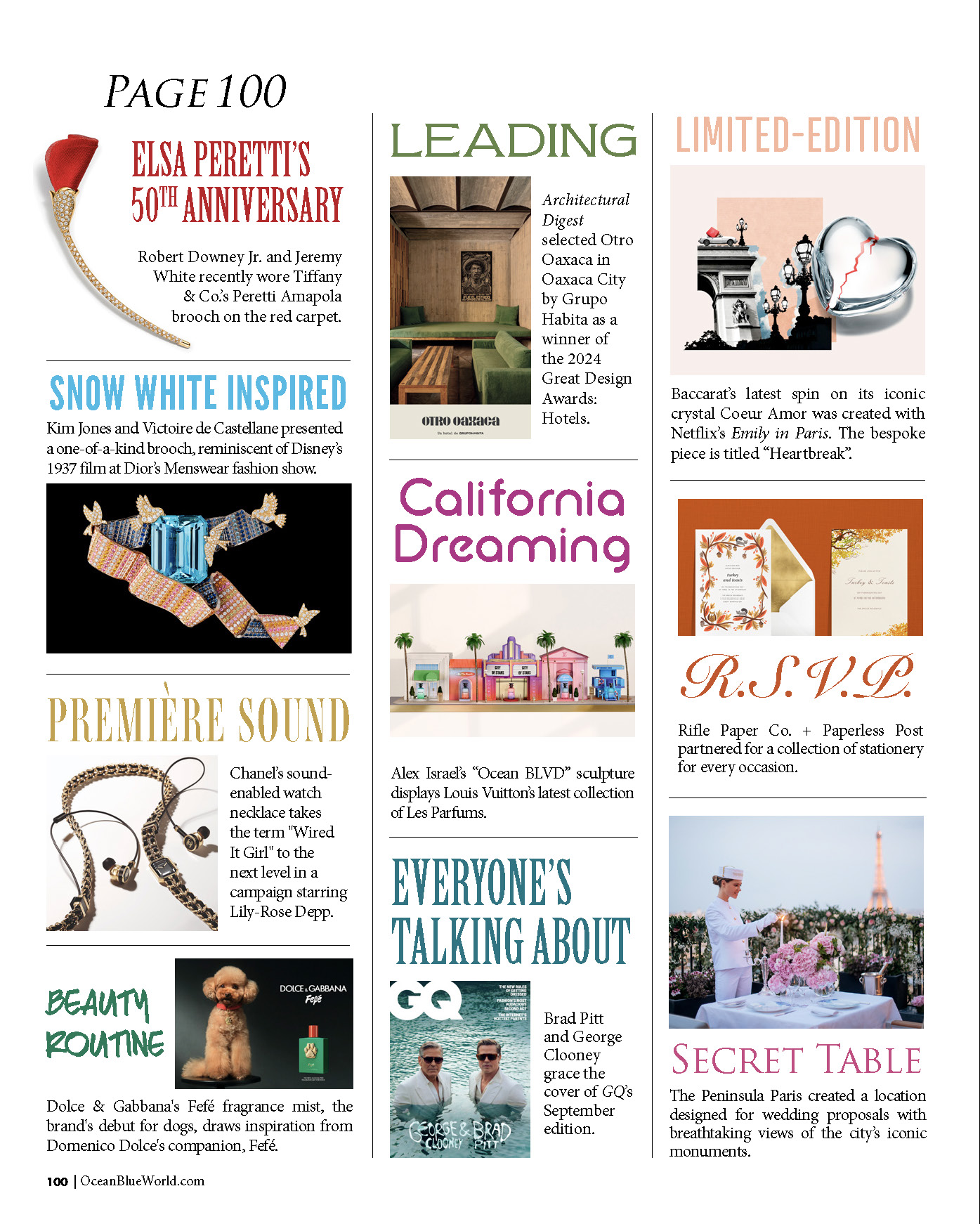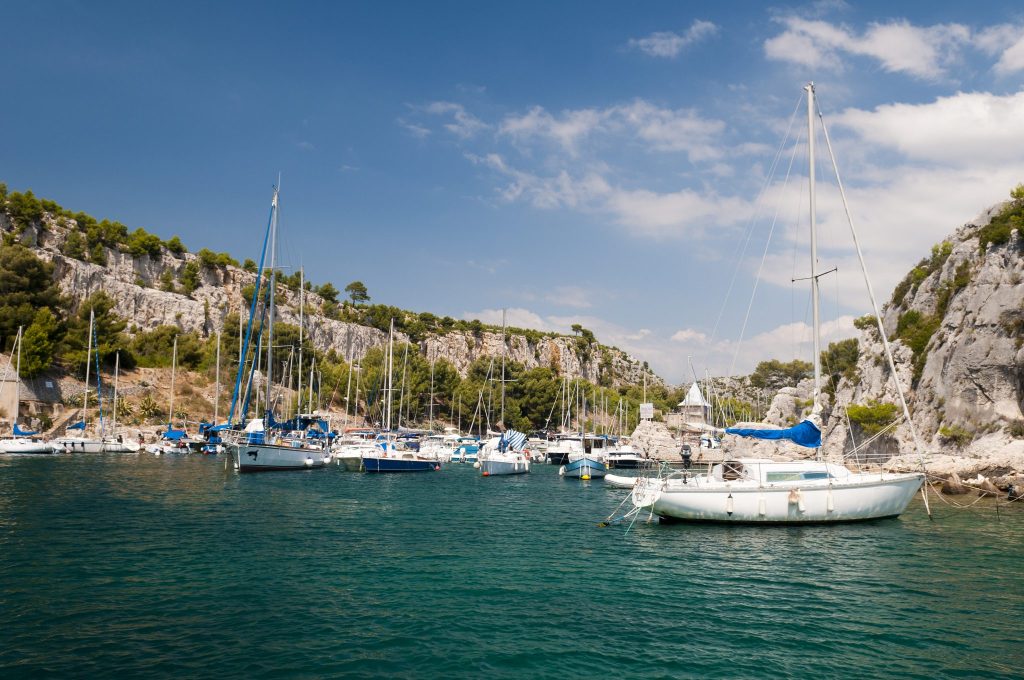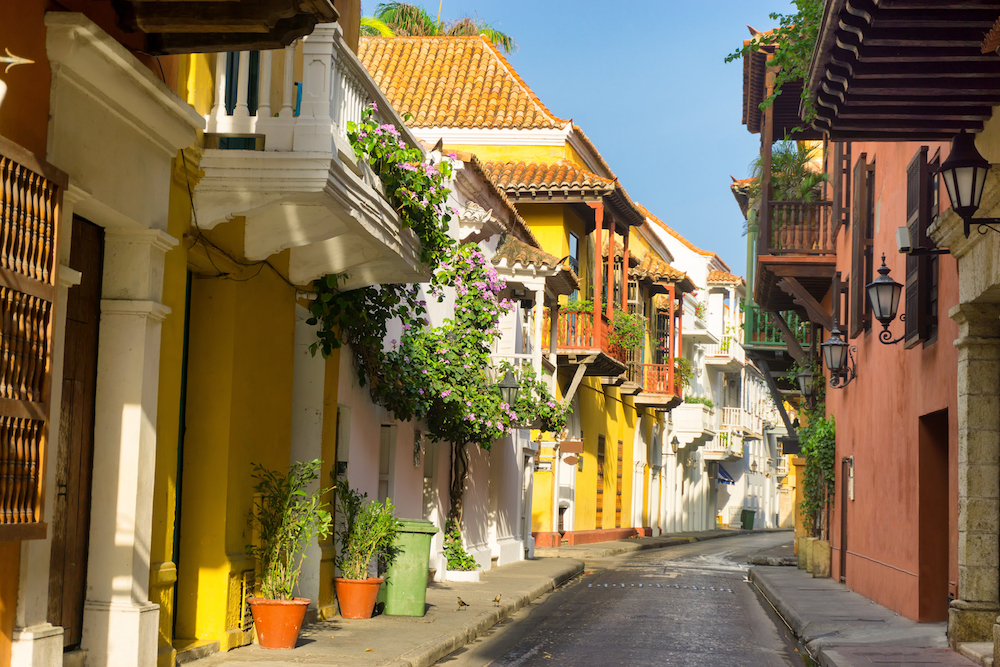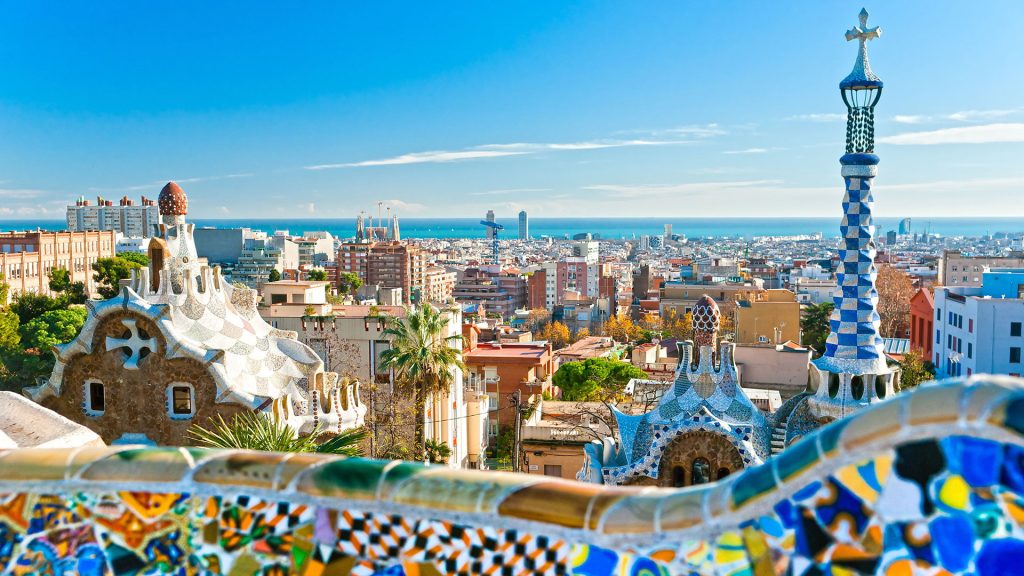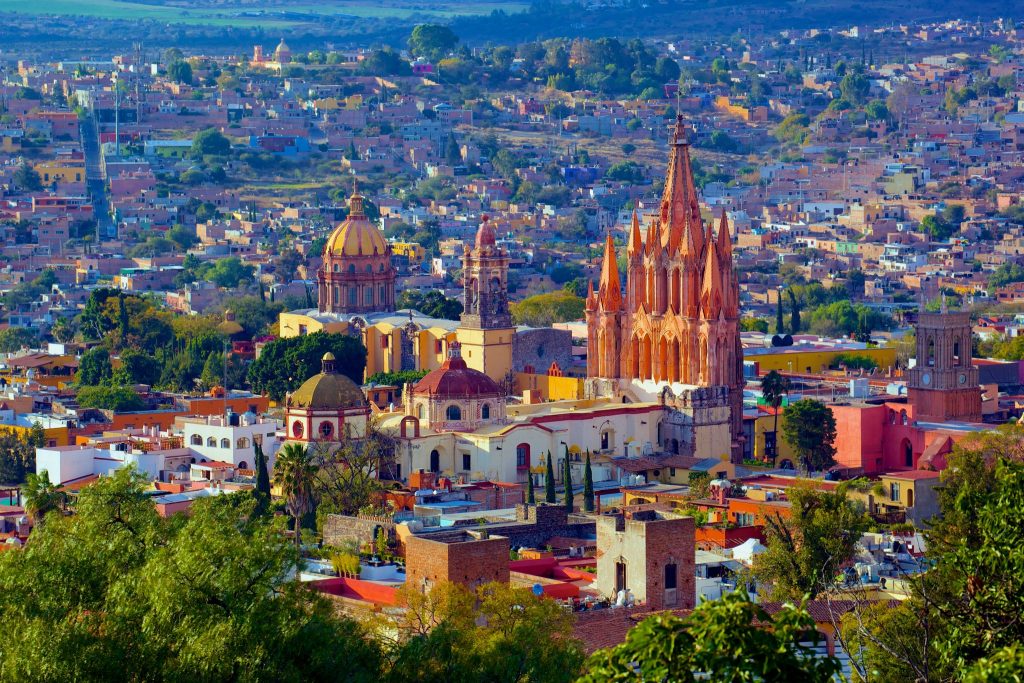The weather is so preternaturally good in Provence where the hills bind the sea to the Alps that locals and visitors alike conspire to live outdoors. There are kayaks in the rivers, hot-air balloons in the heavens, and bon vivants in the vineyards, strolling with wine glasses in hand. But the most rewarding hours in the open air will be spent at the dining table, spearing rabbit and prunes with the countryside’s sweeping vista set out before you.
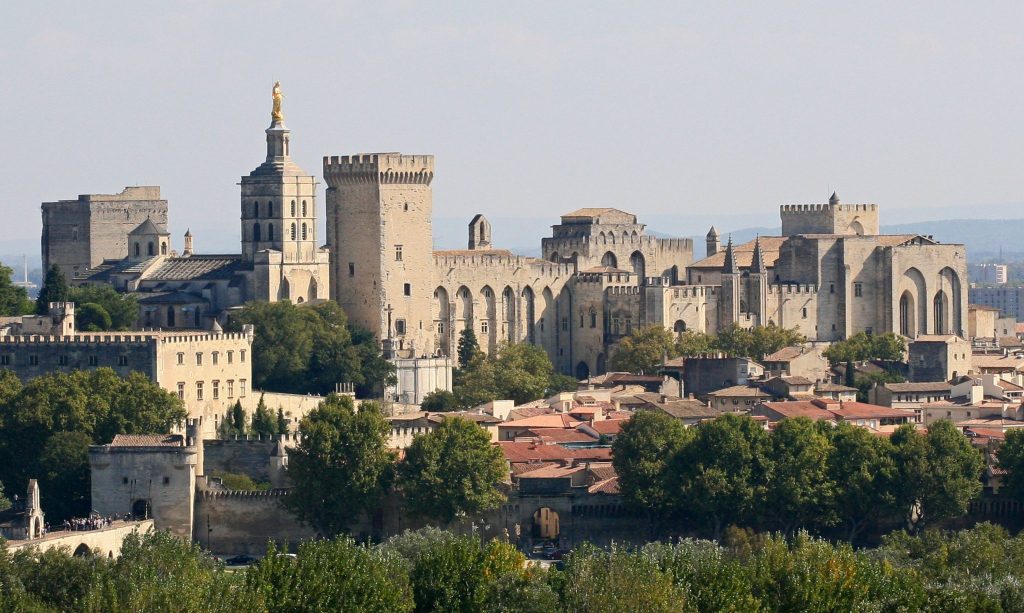 Provence is a vibrant mix of romantic tradition and surprising, fast-changing modernity including hilltop villages and colorful cities, châteaux, lavender fields and spectacular rocky calanques, rosé wine and bouillabaisse, Cézanne and van Gogh, pétanque and elegant summer festivals of theatre and classical music.
Provence is a vibrant mix of romantic tradition and surprising, fast-changing modernity including hilltop villages and colorful cities, châteaux, lavender fields and spectacular rocky calanques, rosé wine and bouillabaisse, Cézanne and van Gogh, pétanque and elegant summer festivals of theatre and classical music.
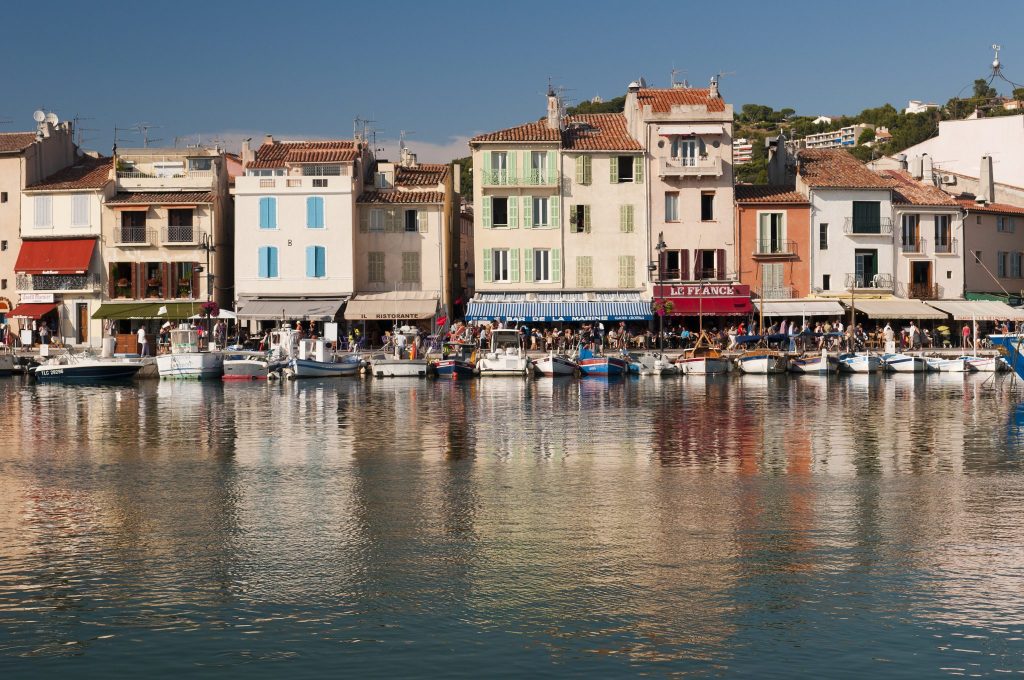
Like a portrait of laid-back leisure, museum-goers and market- shoppers amble through lanes where venerable fountains cast their lazy spray. Locals in soft white robes relax in the town’s celebrated spas, and come dusk everyone fills the cafe terraces to sip pastis or a local rosé before heading off to enjoy three-hour dinners of slow-cooked Daube de Boeuf A La Provençale.
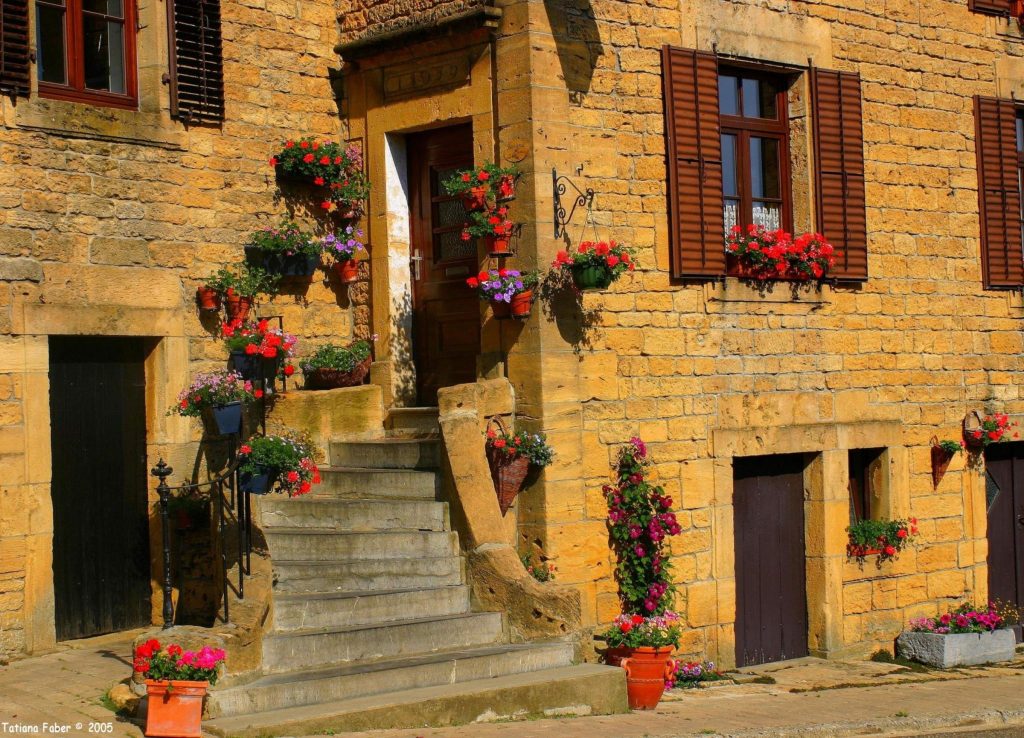
Provence’s lyrical landscapes are made for explorers. One of the joys of touring the back roads is the stunning variety of landscapes: fields of lavender, ancient olive groves, cliff-top roads, maquis-cloaked hills and even snow-tipped mountains. The area is home to Europe’s deepest canyon, oldest road and highest pass and then there is the Mediterranean Sea itself, a bright mirror of blue reflecting back craggy cliffs, white beaches and endless skies.

The scenery and the light drew artists like Rénoir, Chagall, Cézanne and Picasso here. The light was described by Matisse as “soft and tender, despite its brilliance.” Glittering seascapes and fiery sunsets make a trip around Provence feel like stepping into an impressionist painting. And with its rich artistic legacy, it is not surprising that the region is home to a wealth of iconic art collections, as well as the former studios of van Gogh, Cézanne and Rénoir.
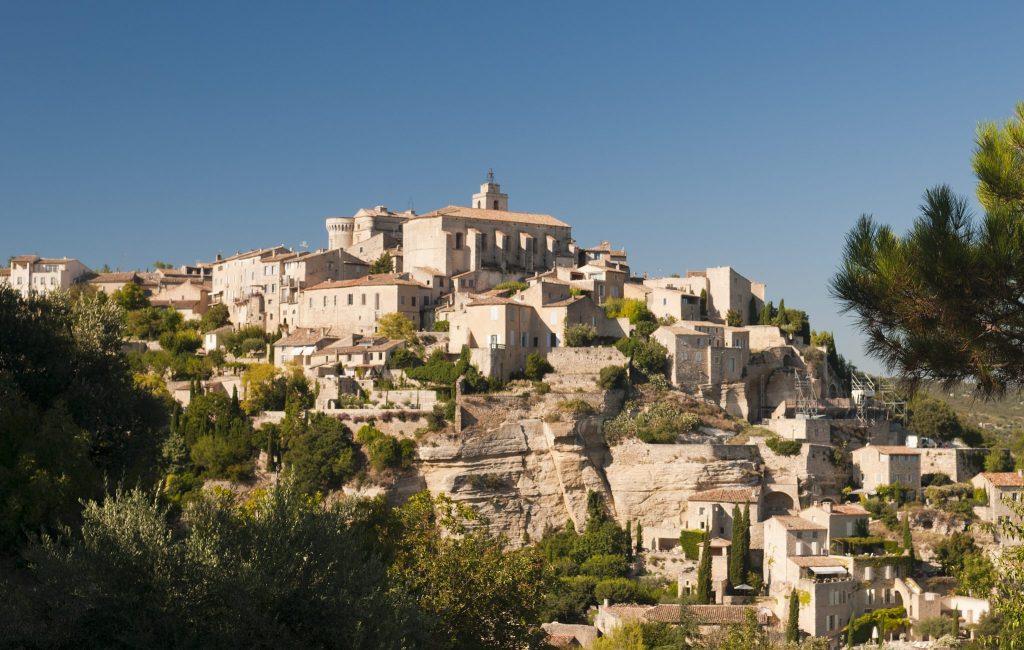
The Romans left behind a magnificent legacy of monuments, structures and buildings as well as France’s first vineyards. The destination is filled with Roman remains, including amphitheatres in Nîmes, Arles and Orange, the magnificent Pont du Gard aqueduct and even entire towns near St-Rémy-de-Provence and Vaison-la-Romaine.


